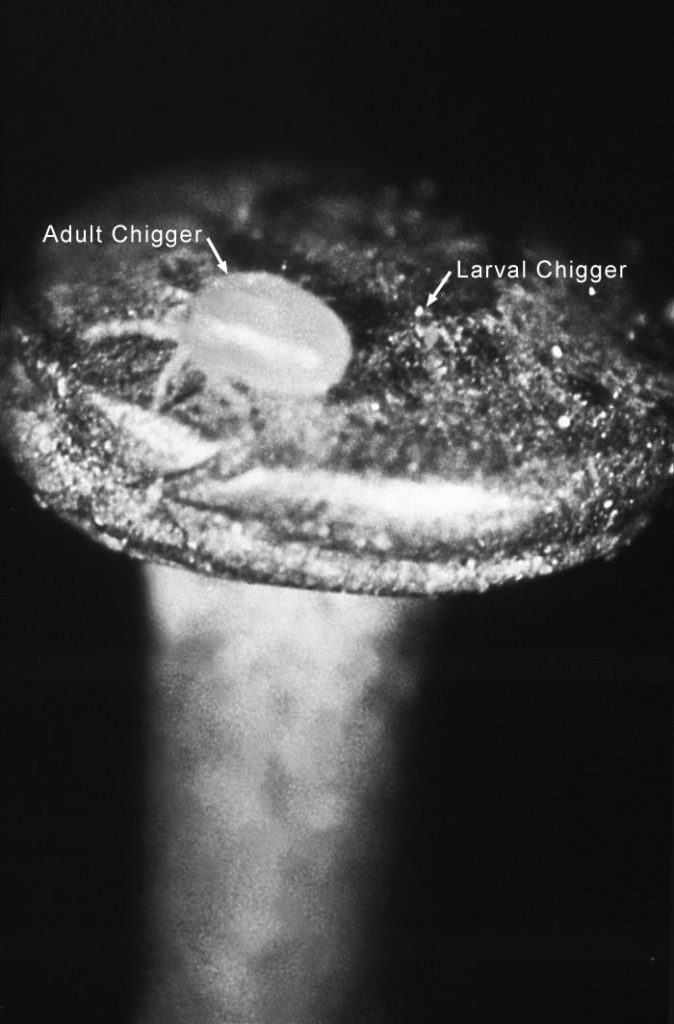In 2015, Nepal health officials reported six children with unusual fever and severe respiratory features post two large earthquakes. By the end of the year, 101 cases of scrub typhus were confirmed in 16 districts and eight people succumbed to the disease, according to a Kathmandu Post report.

The Nepalese officials were ill-equipped to deal with an outbreak and received assistance from outside Nepal.
The report notes that 831 cases of scrub typhus were reported in 47 districts and 14 people died by the end of 2016 and 1,435 people infected with scrub typhus across the country since then. Ten people have died till date.
Shukraraj Tropical and Infectious Disease Hospital Chief Consultant Dr Anup Bastola said, “The earthquake rendered many people homeless and forced them to live in temporary shelters where they might have acquired scrub typhus because of rodent infestation.
Scrub typhus, caused by the bacterium Orientia tsutsugamushi, which is transmitted by chiggers encountered in high grass and brush, is endemic in northern Japan, Southeast Asia, the western Pacific Islands, eastern Australia, China, maritime areas and several parts of south-central Russia, India, and Sri Lanka. More than 1 million cases occur annually.
After being bitten by the chigger, an eschar will form over the bite, and the incubation period usually ranges from 9 to 12 days. Subsequently, symptoms such as fever, headache, sweating and swelling or inflammation of the lymph gland will begin to develop.
After having had fever for about 1 week, a dark red papule will appear in the trunk, spread to extremities, and disappear after several days.
Complications of untreated scrub typhus include swelling of the lungs, brain encephalitis, renal failure or even heart problems.
- Madagascar: Additional plague case reported in Tsiroanomandidy, 38 since August
- Saudi Arabia: Three MERS deaths reported in past month
- Melanoma: New guidelines for treatment from the AAD
- FDA issues an alert about some EpiPen auto-injectors
- Sleeping sickness vector, the tsetse fly, and temperature increases in Zimbabwe
- United Kingdom: Last case of classical human rabies was in 1902
- Infectious disease news: Top 5 posts for the week Oct. 27- Nov. 2
- Chagas disease reported in dogs working along the U.S.-Mexico border

